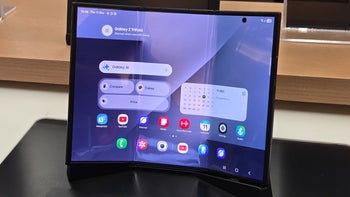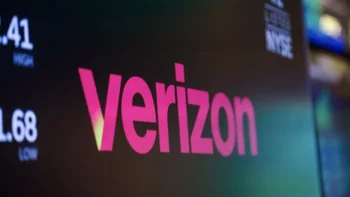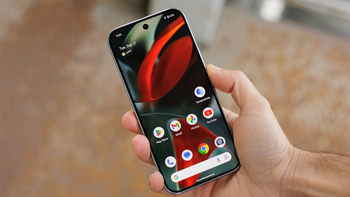Elliott Wave Theory predicts drop to $510 for Apple's high-flying stock

There are two different styles of stock market analysis. The first, fundamental analysis, is based on taking a look at a company's business and figuring out if its stock is cheap or expensive based on expected earnings. For example, let's look at Apple. The fundamental analyst would try to go through the Cupertino based firm's supply chain and try to figure out how much profit Apple is making on each device in its line up. Then, the analyst would estimate the sales for each product and compile a earnings forecast. Apple's earnings would be divided by the number of shares outstanding. This would then produce the Earnings Per Share number which the stock price is then divided into which results in the Price Earnings ratio or P/E. If the P/E is lower than other similar companies, a case could be made for the stock being cheap and a buy. If the P/E is higher than the figure for similar firms, the stock would be considered overvalued and a sell. With a PE of 17, the Cupertino based firm has a P/E lower than the 50 to 100 readings that past leaders have have, but is higher than other tech manufacturers in the same business.
As you can see, fundamental analysis is complex and is often wrong. After all, who can figure out exactly how many iPhones Apple will sell in a year and know exactly what it will cost to produce them. Another form of analysis is based on the theory that everything you need to know to see where a stock is heading to can be seen just by watching the stock trade. The tool of the technical analyst are charts and the idea here is that a stock's trend continues in the same direction until it starts to move the opposite way. One of the most complicated and complex forms of technical analysis is the Elliott Wave Theory devised by Ralph Elliott in the late 1930's. Elliott says a complete cycle for a stock is composed of 5 up trends alternating with 3 down trends. Using the golden rule based on the fibonacci series, the time and magnitude of each wave can be computed.
As precise as Elliott Wave seems to be, there are a number of exceptions that can happen which will allow an "E-Wave count" to be considered on target even if the actual forecast is wrong. Terms like "fifth-wave extension" may seem like a cop-out, which is why many traders do not put much, ahem, stock in Elliott. Based on analysis by Ramki Ramakrishnan, Apple's stock has currently completed the third up wave in its current cycle. Wave 3 is usually the largest wave of the 5 wave up cycle and took the stock from $75 to $650 in a simple pattern. Based on Elliott's law of alternation, this means the next wave will be a complex one and often correctsw 23.6% of the prior move. That would take the stock down to $510 from its current $608.
What makes Elliott Wave so challenging is determining exactly where a stock stands in the current wave count. Each up wave can be divided into smaller 5-3-5 cycles and this also makes things difficult. On the other hand, once you lock into a wave count, you can make forecasts that seem as accurate as having tomorrow's Wall Street Journal today. As detailed in the charts below, the end of sub-wave five was exactly 38.2% of the move from the start of wave i to the end of sub-wave iii. a practicing Elliottician would have seen this in advance and would have had orders in to buy puts or sell the stock short at this price. The beauty of Elliott Wave is that if you are wrong with your analysis, you know right away and can make corrections.
source: Forbes
The current wave count for Apple by Ramarkrishnan suggests that the stock is ready to drop about $100 from the current price of $608 to $510. We certainly are not making any recommendations, but what is interesting is that if this analysis is correct and Apple does drop to $510, what happens next? Remember, at least one analyst has slapped a four digit price target on Apple's stock while another is looking for the decline to continue.
source: Forbes
Follow us on Google News













Things that are NOT allowed:
To help keep our community safe and free from spam, we apply temporary limits to newly created accounts: